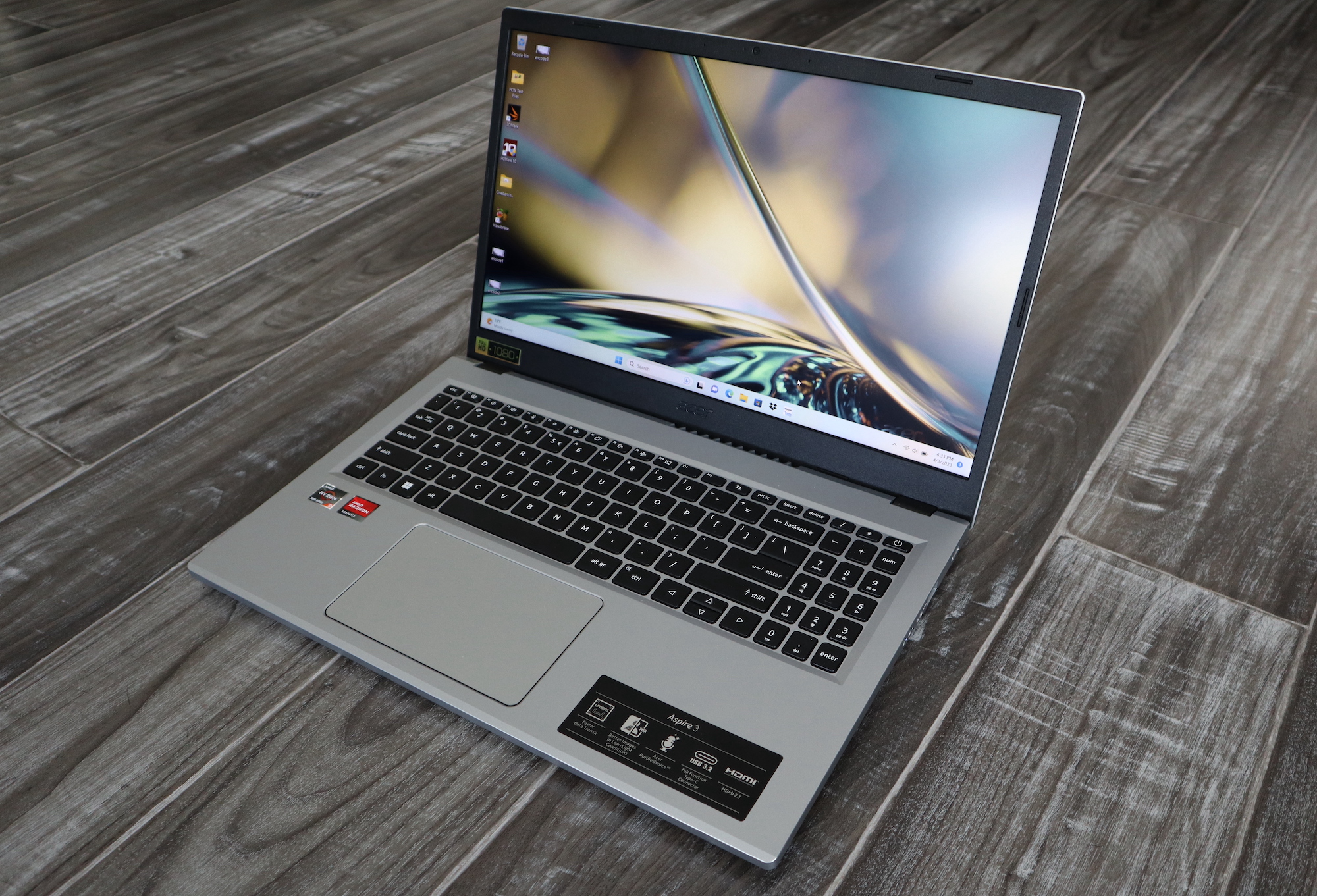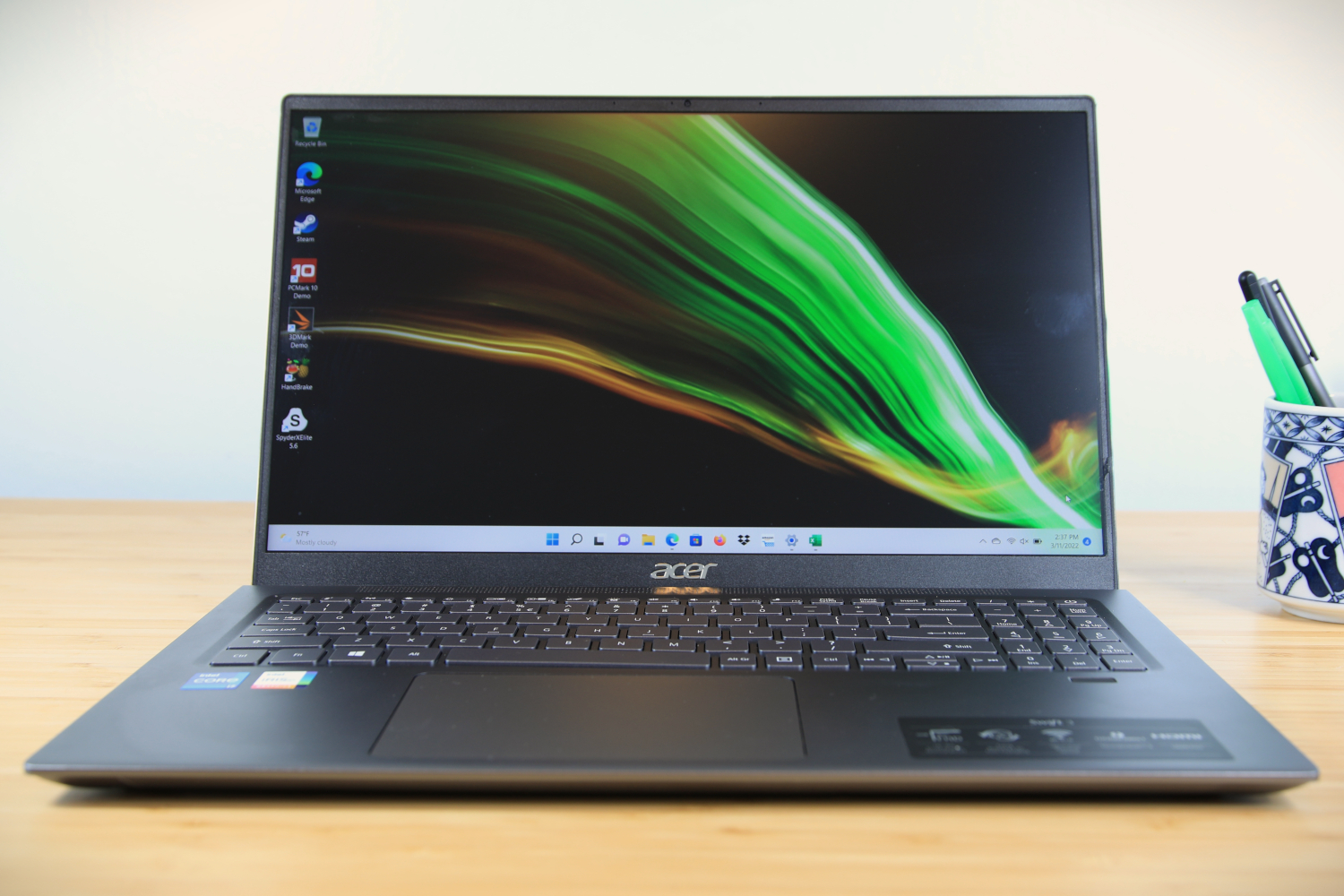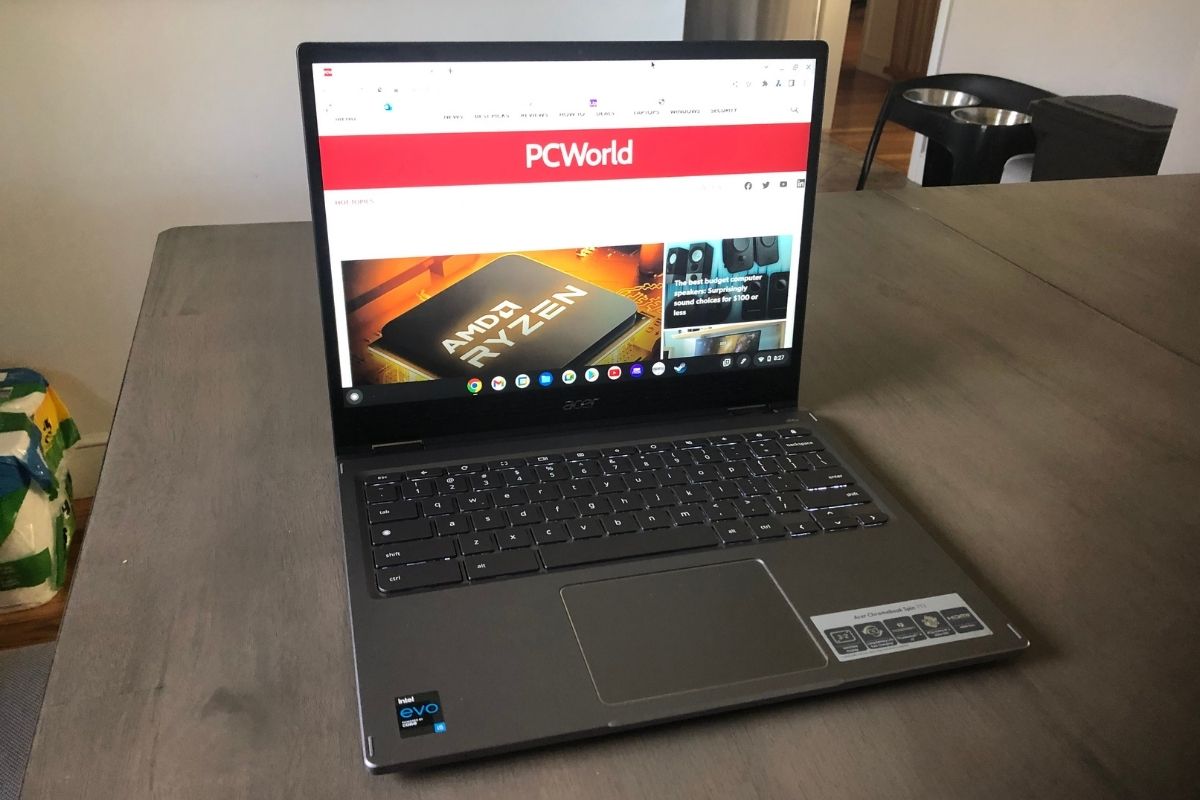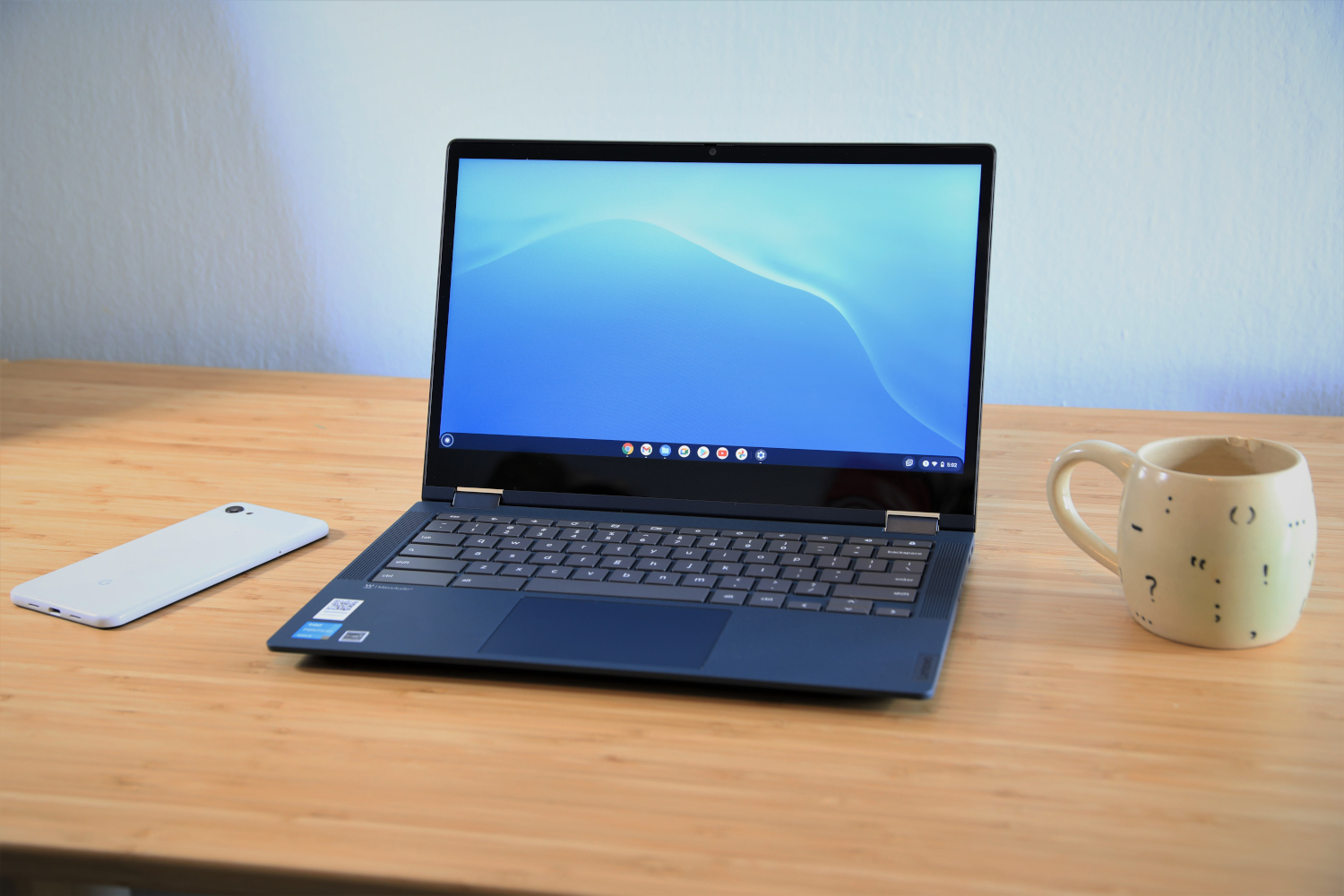
In the market for a new laptop for your kid? It’s easy to feel overwhelmed at all the options out there. You might even be asking yourself what makes for a good kid-friendly laptop? If so, don’t worry, we’re here to help.
While parents want productivity power, kids want enjoyment from their laptops. So it’s important to find a laptop with features that strike a balance between schoolwork and fun. Other important things to look out for are ease-of-use, durability, and cost. Laptops are increasingly becoming must-have tools for school and homework assignments. That’s why we’ve curated a list of affordable, well-made machines that are great for children. From Chromebooks to Windows laptops, these are the best picks for kids.
If none of these options catch your eye, you can check out our other best pick articles for more options. If you’re a fan of Google’s Chrome OS, check out the best Chromebooks, or if your kid is a gamer, see our roundup of the best gaming laptops under $1,000.
Also, it’s back to school season so be sure to keep an eye on our roundups of the best back to school deals and best laptop deals, which are updated daily to help you score a great discount.
Updated 07/28/2023: To include the Acer Aspire 3 as our new choice for best overall. Read our summary below to learn more about this excellent affordable new pick that’s perfect for kids.
Acer Aspire 3 – Best overall

Pros
Spacious keyboard with number pad
HD webcam
Solid video playback performance
Decent business app performance
Workday-long battery life
Cons
Poor gaming graphics performance
Basic 1080p display
Small 128GB storage drive
The Acer Aspire 3 is a good option for most kids, as it ticks a lot of boxes. It’s robust, inexpensive, and performance is fast enough for everyday tasks like writing assignments and browsing the web. The full-size keyboard has a spacious layout as well, which is perfect for longer typing sessions. While that’s all well and good, the internal components are really what makes this laptop a good buy.
Under the hood this laptop is packing an Ryzen 3 7320U processor, 8GB of RAM, and 128GB of PCIe SSD storage. The processor has four cores and eight threads. A CPU with multiple cores generally means more reliable performance. Granted, aesthetically it’s a bit boring. But this laptop clearly favors function over attractive aesthetics—it’s one of the sturdiest budget laptops we’ve ever tested. All in all, we feel as though the pros far outweigh the cons. The Aspire 3 should suit the needs of your kid perfectly and it’s worth every penny.
Acer Swift 3 SF316-51 – Best display

Pros
Solid chassis and build quality
Large, attractive 16-inch 1080p screen
Enjoyable keyboard and touchpad
USB-C with charging and DisplayPort
Cons
Webcam, microphone, and speakers don’t impress
Intel processor falls behind AMD alternatives
Disappointing battery life
Lots of bloatware
If you’re looking for a huge screen at an affordable price point, the Acer Swift 3 is well worth considering. According to our reviewer, the 16-inch 1080p display offers “rich, lifelike color.” Will your kid care about the vibrant picture? Maybe. Maybe not. Regardless, a big screen is useful for productivity tasks like writing papers and scrolling through documents. While the screen is the main headliner, the specs are surprisingly impressive for the price.
The Swift features an Intel Core i7-11370H processor, 16GB of RAM, and 512GB of PCIe SSD storage. This is a good value for a sub-$800 Windows laptop. The keyboard is also enjoyable to use and the chassis feels durable. Despite the large screen, the Swift is rather slim, making it a good laptop for travel. That said, battery life is mediocre and there’s lots of bloatware. If you can live with those flaws, then this is a lovely laptop with solid specs.
Read our full
Acer Swift 3 SF316-51 review
Acer Chromebook Spin 713 – Best battery life

Pros
Strong performance
Good build quality
Nice selection of ports
Beautiful display
Solid battery life
Cons
No privacy shutter on the webcam
Boring design
Fan noise is a bit loud
If you’re looking for phenomenal battery life, the Acer Chromebook Spin 713 is a fantastic option. When we ran our battery benchmark, which cycles through videos and various tasks, the laptop lasted 14 hours on a single charge. In other words, your child doesn’t need to worry about plugging in during the school day. The Spin is also a convertible, which makes it really versatile. You can prop it up like a painter’s easel for watching videos or swing the screen around and use it like a tablet. The build is rather robust as well. There was hardly any flex in the keyboard tray.
Thanks to the internal components, the Spin delivers relatively zippy performance. It’s rocking an Intel Core i5-1135G7 processor, 8GB of RAM, and 256GB of PCIe SSD storage. The port selection isn’t too shabby, either. You’re getting USB 3.2 Gen 1 Type-A, HDMI, a microSD card slot, and a headphone jack. There are a few trade-offs to be aware of, though. Fan noise can be loud under heavier loads and there’s no physical privacy shutter on the webcam. However, those issues are relatively minor. Overall, the Spin is a decent laptop that performs well and offers outstanding battery life.
Lenovo Chromebook Flex 5 – Best keyboard

Pros
Attractive design
Affordable
Punchy audio
Excellent keyboard
Cons
Mediocre performance
Subpar battery life
The Lenovo Chromebook Flex 5 has a lot to offer, but its standout feature is its keyboard. Our tester liked the “crisp and taught” feel of the keys. There’s even a decent amount of space around the palm rests, which makes for a more comfortable typing experience. The port selection is a solid combination of old and new. It has two USB-C ports, a single USB-A port, a 3.5mm combo jack, and a microSD card reader. There’s zero need for an adapter, which is always a plus.
Performance is somewhat mediocre, though. The Flex 5 comes equipped with an Intel Pentium Gold 7505 processor, 4GB of DDR4 RAM, and 32GB of eMMC storage. While the processor is fine, the RAM and storage are on the lighter side. Our tester noticed a slowdown in performance when he opened up multiple tabs. However, as long as you’re using the cloud and aren’t running anything too intensive or demanding, the Flex 5 is a decent choice.
Read our full
Lenovo Chromebook Flex 5 review
How we tested
The PCWorld team puts each and every Windows laptop through a series of benchmarks that test GPU and CPU performance, battery life, and so on. The idea is to push the laptop beyond its limits and then compare it against others we’ve tested. Chromebooks, on the other hand, go through a series of web-based tests. It wouldn’t be fair or possible to run the same kinds of tests on a Chromebook because they’re Chrome OS-based machines. Below, you’ll find a breakdown of each test and the reasons why we run them.
Windows laptops
PCMark 10: The PCMark 10 benchmark is how we determine how well the laptop handles general use tasks like web browsing, word processing, spreadsheets, streaming, and so on. It’s a way to simulate everyday use.
HandBrake: HandBrake is more intensive than PCMark 10. It measures how long a laptop’s CPU takes to encode a beefy 30GB file.
Cinebench: Cinebench is a brief stress test of the CPU cores. It renders a 2D scene over a short period of time.
3DMark: 3DMark checks if 3D performance remains consistent over time by running graphic-intensive clips. This is how we test our array of gaming laptops.
Video rundown test: To gauge battery life, we loop a 4K video using Windows 10’s Movies & TV app until the laptop dies. If you’re a regular traveler, you’ll want a battery that can last longer than a full school day.
Chromebooks
CrXPRT 2: The CrXPRT 2 benchmark tests a Chromebook’s battery life.
Speedometer 2.0: This test determines a Chromebook’s web browser performance. It simulates this by adding, completing, and removing a to-do list.
Basemark Web 3.0: This benchmark gauges how well a Chromebook can handle web-based applications.
Kraken 1.1: Kraken 1.1 is a JavaScript performance benchmark.
Jetstream 2: Jetstream 2 is a combination of WebAssembly and JavaScript benchmarks. This is how we gauge how well a Chromebook runs advanced workloads.
FAQ
1.
What sort of specs should I go for?
Finding the right laptop for your kid can be a daunting task. If your child is younger or tends to be more accident-prone, do you go for something cheap? What about security concerns? If you’re not sure where to start, don’t sweat it. We’ve put together a couple of quick tips for worried parents. Check out the info below.
If you plan on getting a Windows laptop for school, all you really need are the basics. An Intel Core i3 processor is fine for general-use tasks like surfing the web, writing papers, making presentations, and so on. A discrete graphics card isn’t totally necessary unless your kid likes to play Minecraft or some such. If you’ve got a budding gamer on your hands, we recommend an Nvidia RTX 3060 or 3050 Ti, as they’re relatively affordable.
For RAM, 8GB will keep things nice and zippy. As for storage options, 256GB is a good minimum, especially if your child doesn’t have a ton of stored photos. Go for an SSD (solid state drive) if you can, as they’re faster and quieter than hard drives.
If you’re in the market for a Chromebook, shoot for a mid-range one if you can. Within the $400 to $600 range you’re likely to find Intel Pentium processors, which deliver better browser performance and are capable of running more intensive gaming apps. We’d suggest at least 8GB of RAM and 64GB of storage. You don’t need a ton of storage space, as you’ll be storing most of your work in the cloud.
2.
What about battery life?
If you’re buying a laptop for school, battery life is absolutely vital, as your kid is going to be taking this thing from class to class. A laptop that lasts anywhere from 10 to 12 hours on a single charge is a good baseline. That’s a good deal more than a full school day. Chromebooks in particular are known for having fantastic battery life, as they’re low-powered machines.
3.
Should I spring for a Chromebook or a Windows laptop?
A Chromebook is a great fit for most kids, especially if you have any security concerns. They’re durable, affordable, and largely virus-free. The downside is that they exclusively run Chrome OS. If you have an older child, a Windows laptop might be a better option. Windows can run just about any app or browser. However, that kind of flexibility comes at a price. Windows laptops tend to be more expensive than Chromebooks (but not always!).
4.
What is the difference between a budget laptop and a tablet?
The line between laptop and tablet blurs more and more as companies integrate the features of both into their devices. As of now there are still a few key distinctions between the two. Laptops are larger, have more storage, and generally pack better performance and productivity features. Tablets on the other hand are smaller and more portable, tend to have longer battery life, and are typically cheaper.
You should first ask yourself what the primary use of the device will be when choosing between a budget laptop and a tablet. Is productivity and storage the most important to you? Then a laptop—even a budget model—will be your best bet. Or do you need something that is portable and has a long battery life? Then a tablet is the way to go.
>>> Read full article>>>
Copyright for syndicated content belongs to the linked Source : PCWorld – https://www.pcworld.com/article/794278/best-laptops-for-kids.html































